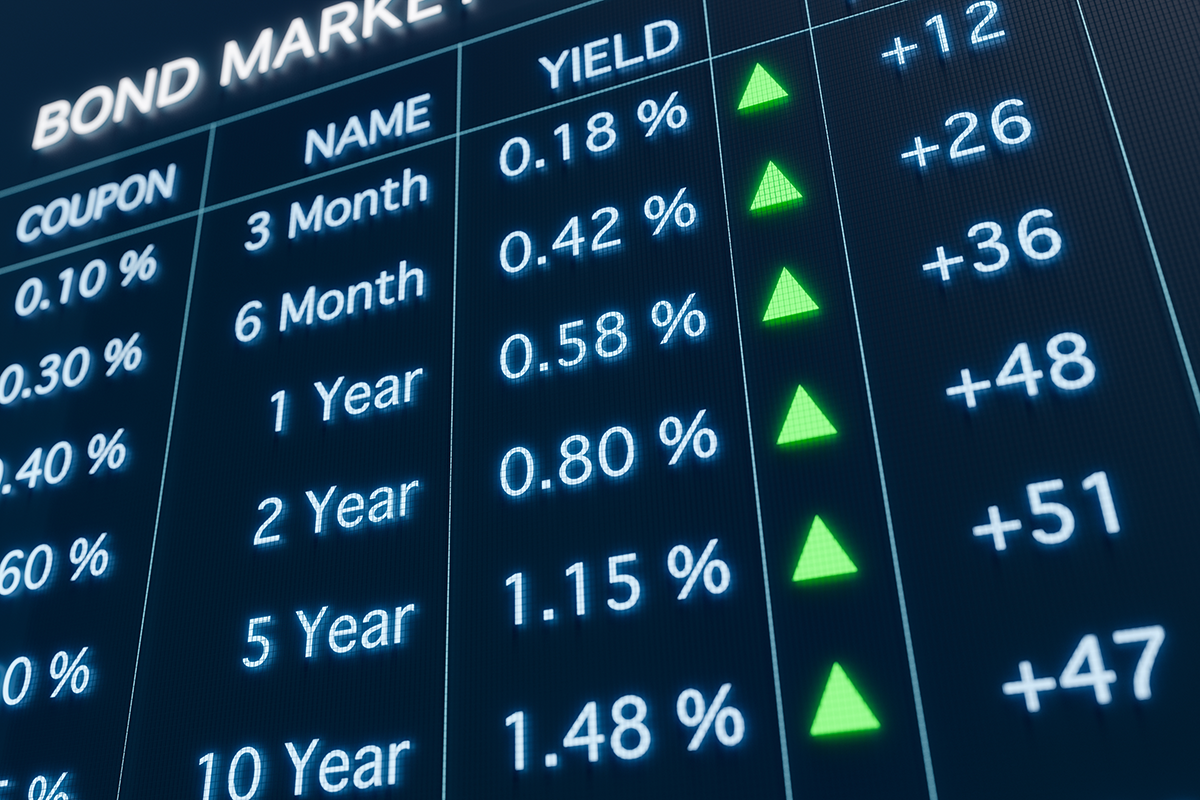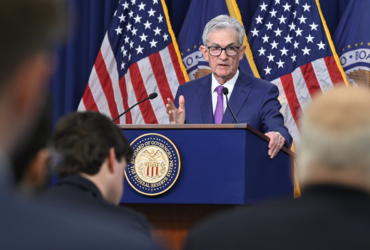In a significant development for financial markets, the yield on the 10-year Treasury note has surged above 4.5% for the first time since November. This uptick comes on the heels of a hotter-than-expected Consumer Price Index report (CPI), which has reignited concerns about inflationary pressures in the economy.
After peaking near 5.0% in October, the yield had gradually declined, reaching 3.86% before the recent surge. However, the latest spike can be attributed to several factors, including a robust jobs report and higher-than-expected inflation figures for March.
The unexpected strength in the CPI report is fueling fears that inflationary pressures may be more persistent than previously anticipated. This has prompted traders to reassess their expectations for Federal Reserve policy. While there had been speculation that the Fed might consider cutting interest rates three times in 2024, the recent surge in Treasury yields has all but dashed those hopes. Instead, market participants now anticipate that the Fed will lower its rate cut expectations in response to the changing economic landscape.
The timing of the yield surge is particularly noteworthy, coming just days after Jamie Dimon, CEO of JPMorgan Chase, highlighted the inflationary pressures facing the global economy in his annual letter to shareholders. Dimon pointed to factors such as massive fiscal spending, the transition to a green economy, geopolitical tensions, and shifts in global trade patterns as drivers of inflation. He also warned that many investors and companies may not be adequately prepared for a higher interest rate environment, given the prolonged period of historically low rates.
Dimon’s comments underscore the challenges facing policymakers as they navigate the delicate balance between supporting economic growth and controlling inflation. While accommodative monetary policy has been instrumental in fueling the post-pandemic recovery, concerns about overheating and inflationary pressures have grown in recent months. The surge in Treasury yields serves as a reminder that market dynamics can change rapidly, forcing policymakers to recalibrate their strategies accordingly.





